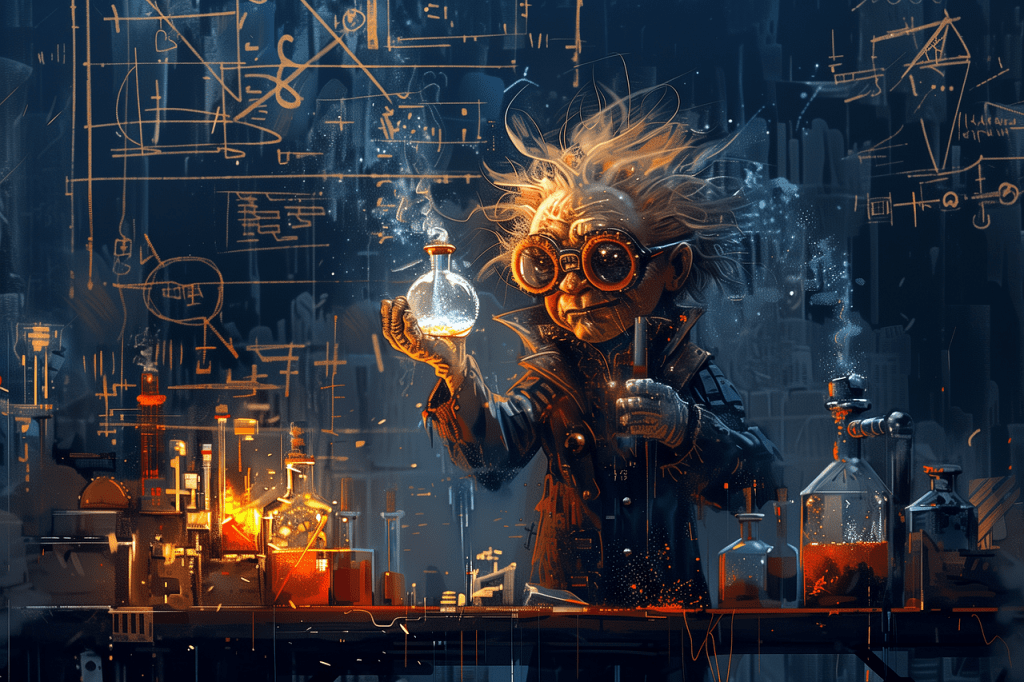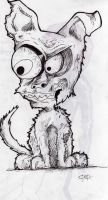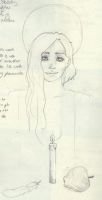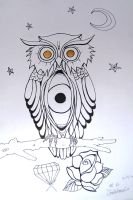Observation & Discovery
When we think of scientists and biologists at work, we often envision laboratories full of microscopes, high-tech computers, and stacks of research papers. However, a lesser-celebrated yet equally valuable tool plays a significant role in their daily tasks—Scientists Sketchbooks. Scientists and biologists have long relied on sketchbooks to document their observations, generate new ideas, and organize complex information. In this blog post, we’ll explore how these professionals use sketchbooks as a vital tool in their research and creative processes.
The Role of Sketchbooks in Scientific Observation
One of the primary functions of sketchbooks in science and biology is to document observations. While technology offers digital tools for data collection, there’s something uniquely powerful about physically sketching and noting observations in real-time. The act of drawing sharpens attention to detail and enhances understanding of the subject being studied.
Recording Field Observations
In the field, sketchbooks become an indispensable companion for biologists. Observing wildlife behaviors, ecosystem interactions, or anatomical details of plants and animals often requires quick and accurate sketches that cameras or digital devices might miss.
Benefits of Field Sketching:
- Captures fleeting moments such as animal movements or seasonal changes in plants.
- Allows scientists to include notes and labels alongside sketches for deeper insight.
- Provides a tactile connection to the natural environment, improving focus and memory.
Sketchbooks as a Tool for Conceptualization
Science isn’t just about observing—it’s also about asking questions and formulating ideas. Sketchbooks help scientists and biologists brainstorm and develop hypotheses, test concepts, and plan experiments.
Visualizing Complex Systems
For biologists, ecosystems, cellular structures, and genetic patterns can be challenging to fully understand without visual aids. Sketchbooks allow them to map out these intricate systems in a way that fosters both clarity and creativity.
Examples of visualizing systems in sketchbooks:
- Diagramming the food chain within an ecosystem.
- Drawing genetic sequences or cellular organelles.
- Mapping interspecies relationships within a habitat.
Brainstorming New Research
When scientists face complex problems, sketchbooks provide the freedom to think outside the box. They can doodle potential solutions, outline experiments, or even merge unrelated concepts into something groundbreaking.

Sketchbooks.org | PARENTS ART GUIDE
How to Encourage Artistic Talent in Your Child Without Pushing Too Hard
Understand the Role of Art in Child Development This guide explores how to Encourage Artistic Talent in Your Childin a way that fosters confidence, curiosity, and joy—without overwhelming them. Nurturing creativity in children is a...
Bridging the Past and Present: Traditional Sketchbooks in Modern Science
It might seem surprising that sketchbooks still play a crucial role in modern science, considering the technological advancements of today. But the truth is, they complement these innovations rather than compete with them. Here’s how:
The Analog Appeal
- Sketchbooks provide a screen-free zone for deep work and reflection.
- The process of drawing enhances cognitive engagement, making ideas easier to grasp.
- They’re portable, reliable, and don’t require batteries or software updates.
Integrating with Digital Tools
While initial ideas are often sketched by hand, they can later be digitized for further refinement. This combination of analog and digital methods creates a seamless workflow:
- Sketch a rough concept of a DNA strand, then use software to simulate its functions.
- Draw ecosystems in your sketchbook before turning them into detailed presentations.
Sketchbooks in Laboratory Settings
Sketchbooks aren’t just for fieldwork; they’re equally valuable in laboratories. Scientists often use them to:
- Record experiments step by step.
- Draft flowcharts or protocols.
- Sketch equipment setups and label components for future reference.
Encouraging Precision
The precision required in labs translates beautifully to sketching. Scientists draw everything from chemical reactions to lab configurations, ensuring no detail is overlooked.
How Scientists Reflect and Share Through Sketchbooks
Beyond their practical uses, sketchbooks also act as personal journals for reflection and collaboration. By revisiting their sketches, scientists and biologists often uncover new insights or rediscover forgotten ideas.
Facilitating Collaboration
- Sketchbooks provide a visual way to communicate ideas during team meetings.
- Shared sketches can spark discussions and lead to collaborative breakthroughs.
As a Teaching Tool
Many educators use sketchbooks to demonstrate scientific concepts to students. The combination of visual aids and handwritten notes makes it easier for learners to grasp complex ideas.
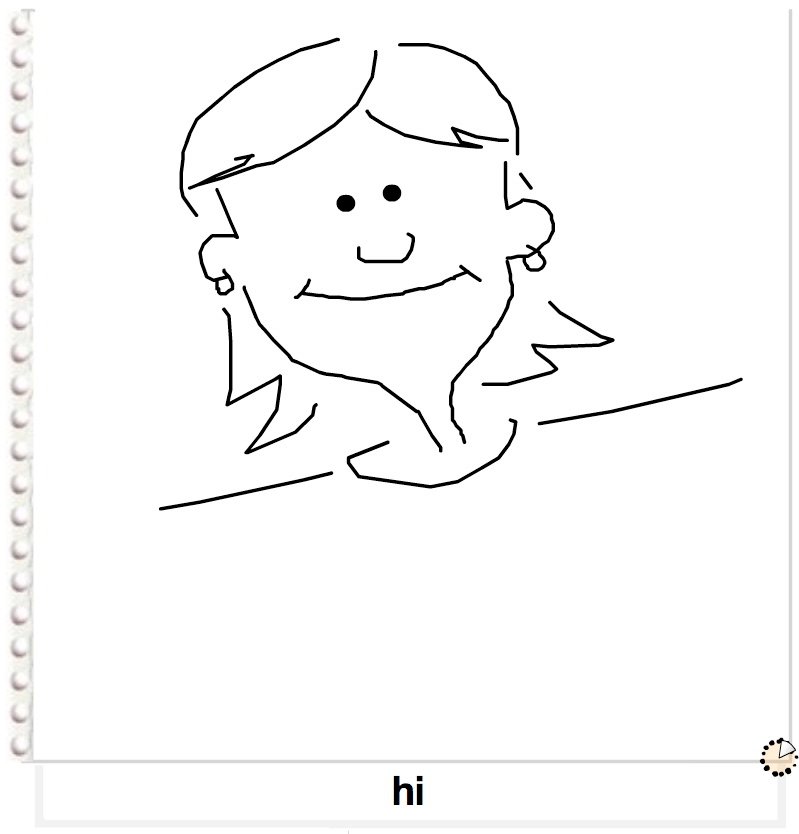
credit: onlinesketchpad
Getting Started: Tips for Using Sketchbooks Effectively
If you’re a scientist or biologist intrigued by the power of sketchbooks, here are some practical tips to help you get started:
- Choose a sketchbook that suits your needs (e.g., waterproof pages for fieldwork or large formats for detailed drawings).
- Keep it accessible for jotting down ideas anytime, anywhere.
- Incorporate both sketches and written notes for maximum clarity.
- Don’t shy away from revisiting and refining previous pages.
A Timeless Tool in a High-Tech Era
In an era dominated by digital tools, the continued use of sketchbooks by scientists and biologists speaks volumes about their value. Whether it’s documenting a species in the wild, mapping complex systems, or brainstorming groundbreaking hypotheses, sketchbooks offer unmatched versatility and emotional connection to the work at hand.
So the next time you see a biologist in the field or a scientist in a lab, don’t be surprised if you spot a sketchbook by their side. It’s a tool that bridges art, science, and discovery—a tool as timeless as science itself.
Ready to Share Your Work?
